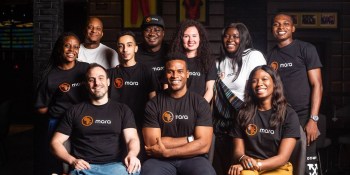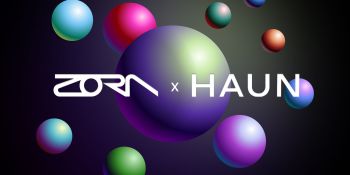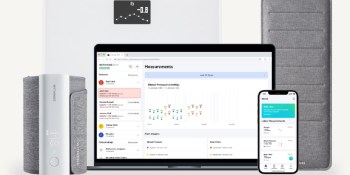

Community
Why Web3 represents a new frontier for personal data ownership

Community
Why forward-thinking brands are pursuing ‘inverse’ social commerce

Community
Big tech vs. data privacy: It wasn’t meant to be this way

Community
The creation of the metaverse: The market

CyberConnect to expand decentralized graph protocol and restore data ownership

Brown University researchers open source mobile AR hand-object interaction library

Community
Why gamers hate NFTs and what could change their minds

Community
Car hack attacks: It’s about data theft, not demolition

How AR and VR are transforming customer experiences

Community
Web3 and a digital space for your crypto belongings

Community
The problem with self-driving cars

Lang.ai looks to help orgs extract value from customer conversations, with AI

Scener’s mobile app brings universal search and social viewing to your streaming mess

Viable aims to quantify qualitative customer feedback with AI

Community
Real win vs. privacy theater: Google’s new personal information removal policy

Amazon Alexa Together helps aging people and their remote caregivers

Mara to build pan-African cryptocurrency exchange with $23M raised

GM and Red Hat collaborate for in-car innovation, safety and security

Community
5 ways AI can help solve the privacy dilemma

Community
Why you need both consumer data and data management platforms

Zora has raised $50M from Haun Ventures to enable anyone to create NFTs

Partner Content
Why companies need to bridge the digital-physical divide — and how

Berkeley Frontier Fund debuts with $50M and pledge to give $25M to UC Berkeley

Withings launches remote-patient monitoring for patients and care teams

Community
The basics of decentralized finance

AMD supplies Epyc processors for Mercedes-AMG Petronas F1 racing

Community
SocialFi could empower content creators to break free of brand partnerships

Community
Waiting for the metaverse? The revolution is already here

Broadcom adds speed and reliability with Wi-Fi 7 chipsets

Observe.AI bolsters its business intelligence for contact centers with new $125M

Community
Improved optics could help the metaverse become as big as the internet

How AI and ML makes language translation more efficient for non-English speakers

How retail is using digital twins

AI Weekly: As demand for chatbots increases, so does the need for better offerings

Community
Everyone’s joining the metaverse, but the real business opportunity is building your own

Conversational data platform taps AI for sentiment analysis



